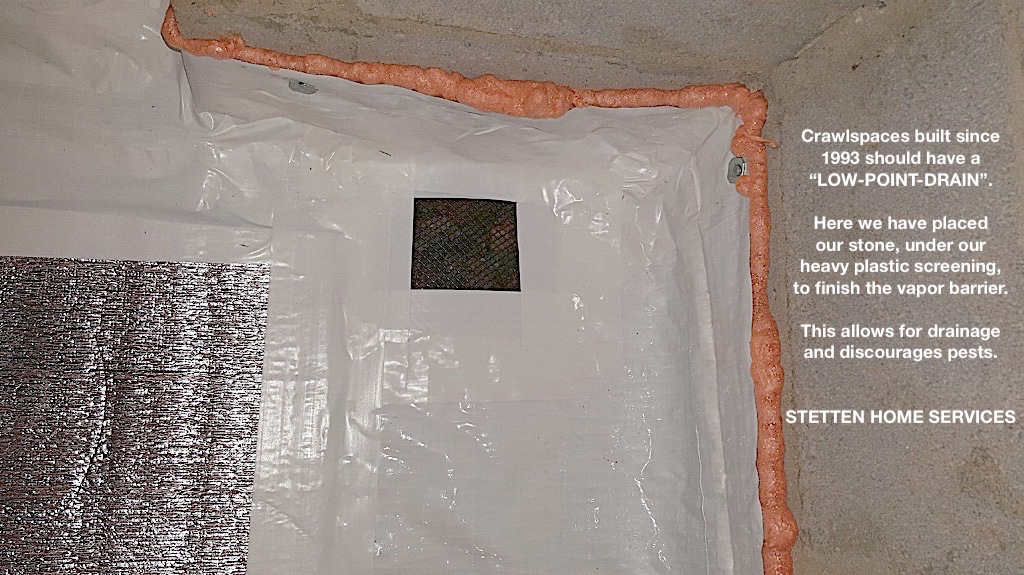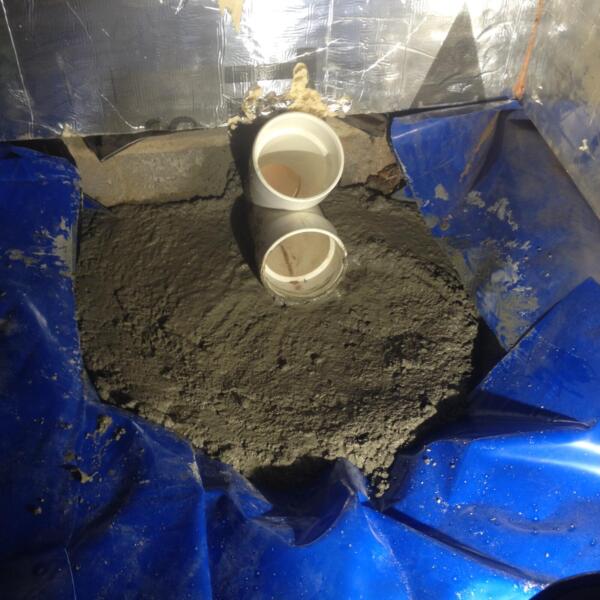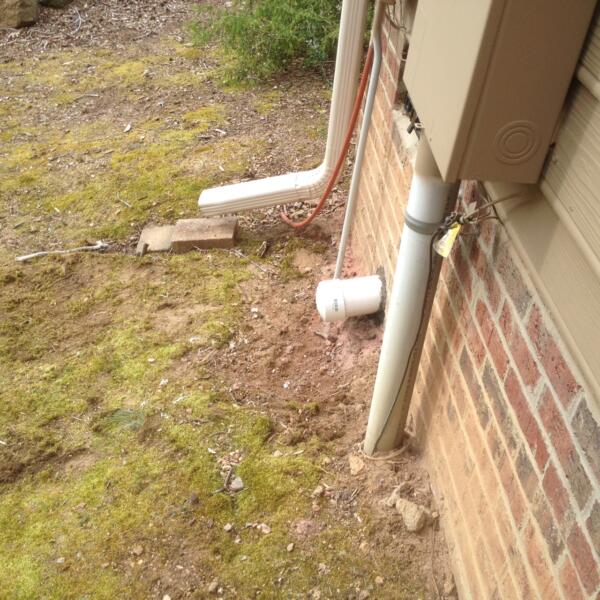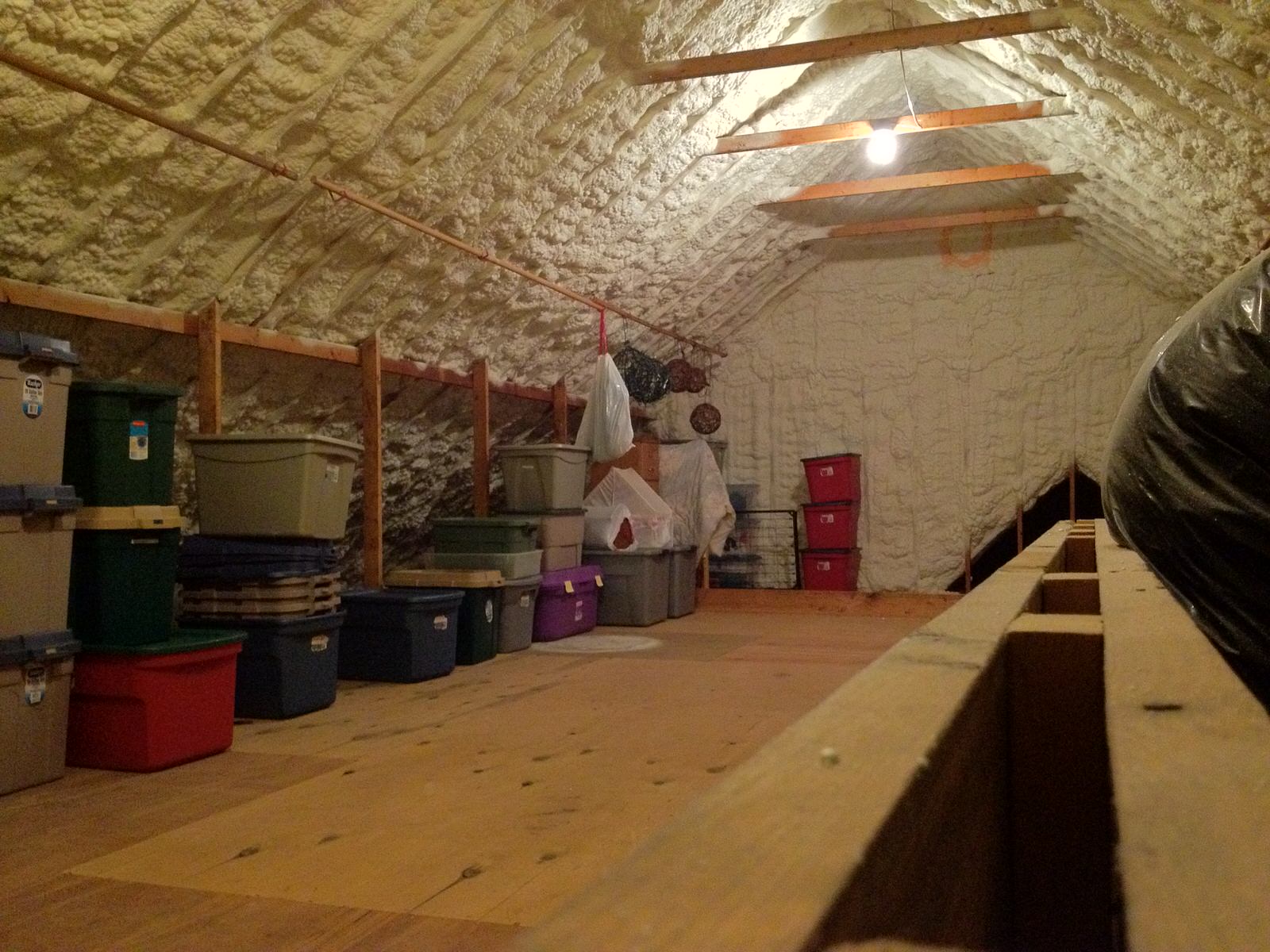SUMP PUMP
Most NC homes that have a “Sump Pump” actually have nothing more than a sieve, or a strainer, with a pump in it. The sides and bottom of the “collector” are often intentionally perforated. If so, and you get 1 gallon of water in the collector every day the pump would never turn on, the water would simply absorb down into the ground. If the pump ever did activate or continue to run due to water coming in, the water would often be dirty, filled with fine soil particles, and those soils would be pumped out of the crawlspace, causing worse erosion than if the foundation had been left alone. While there may be some crawlspace environmental benefits(reduced air humidity) to having a sieve system that de-waters the ground, the structural value is negative.
The reason for the holes in the collector is to allow water in, and usually with these sieve systems the holes in the collector are the only reason water actually comes in. Often not a single drop of water enters from the maze of wavy black interior french drain pipes because the trench “is wholly above the footings and above the saturated soils” and black corrugated perforated pipe lets water in and out.
One should consider the vertical alignment of all the parts of the french drain system.
FROM TOP TO BOTTOM, This is typical:
exterior grade
interior french drain (this is laid FLAT because it is on top of a flat footing, no pitch, useless)
footing upper edge
water
footing lower edge, water,
pump float with pump below
bottom of collector with holes in it
FROM TOP TO BOTTOM, This is optimal
exterior grade
drastically reduced interior grade (with soils removed from crawlspace)
footing upper edge
water
footing lower edge, water
interior french drain pitched perfectly sitting wholly to the side of the footing and increasingly further away as it gets deeper
pvc interceptor pipes dump into the collector that has zero holes in it
pump with no float just a resistance sensing motor that runs until resistance is no longer present, maybe a pool cover pump would work best
not a single particle of dirt in the collector because all the water is filtered prior to entering the system
bottom of collector with zero holes in it (about 2 feet deeper than comparable sieve collector)

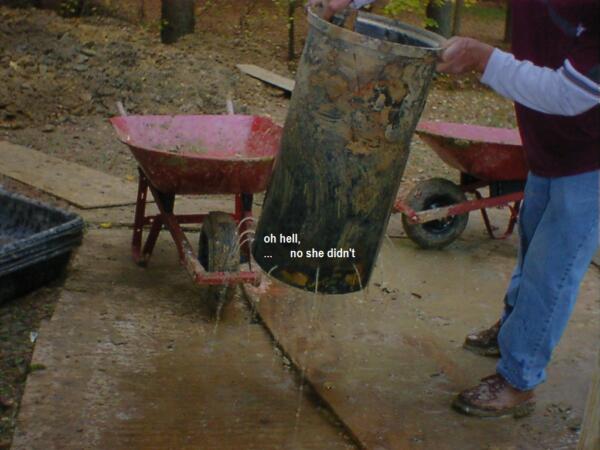

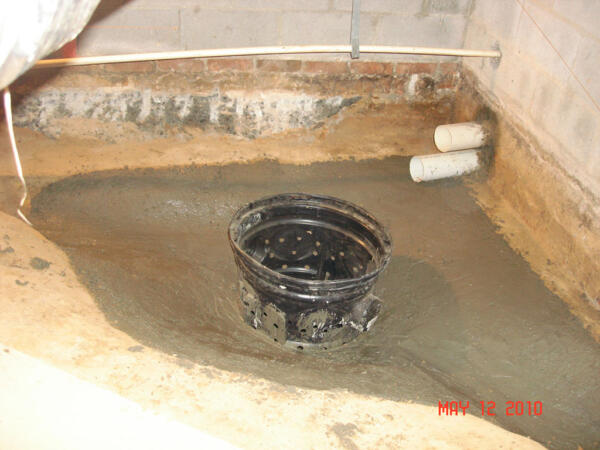

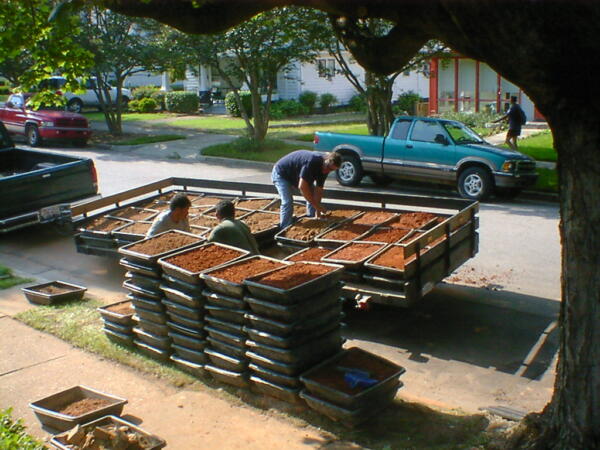
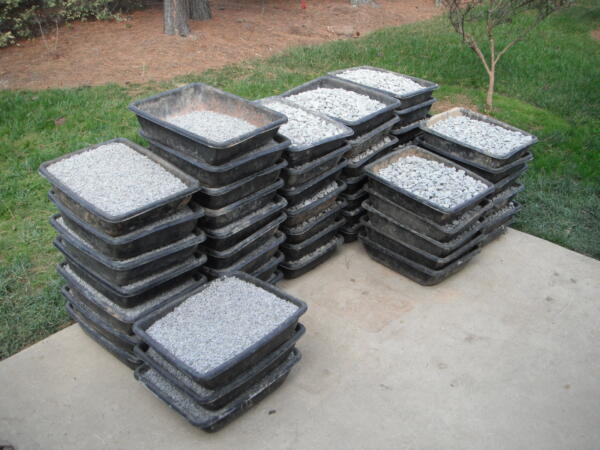
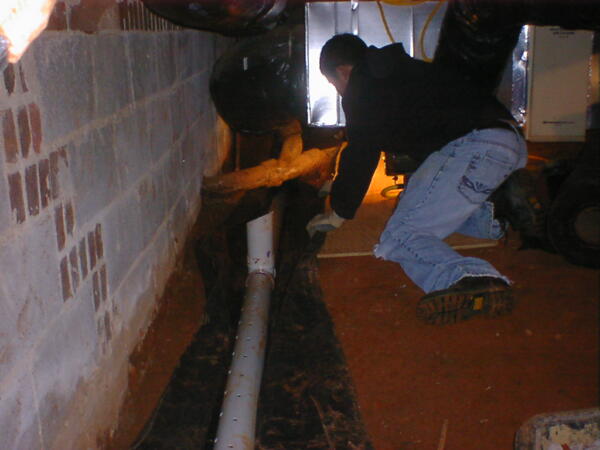
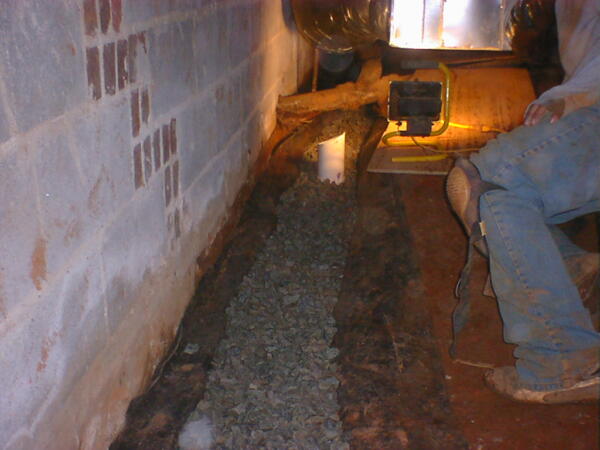
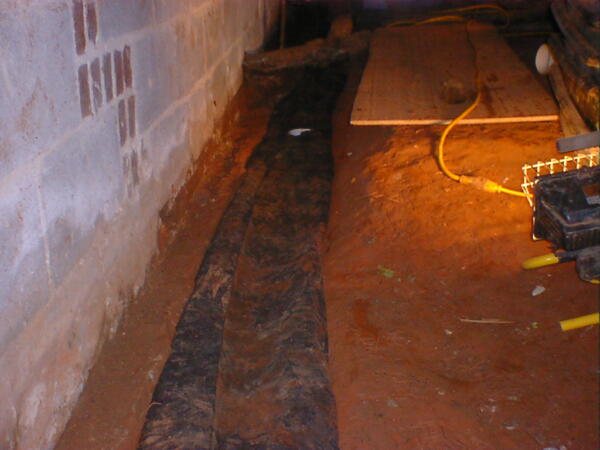
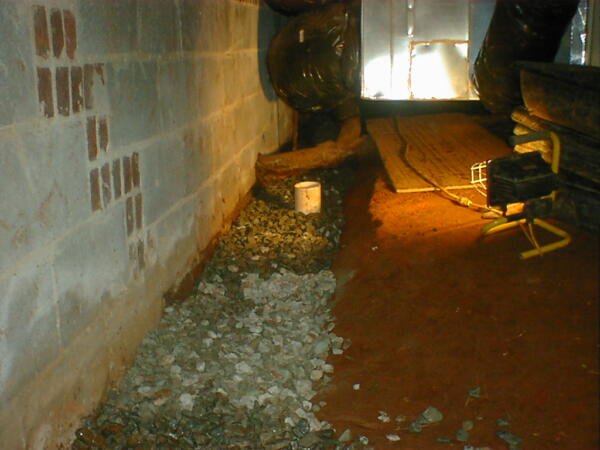
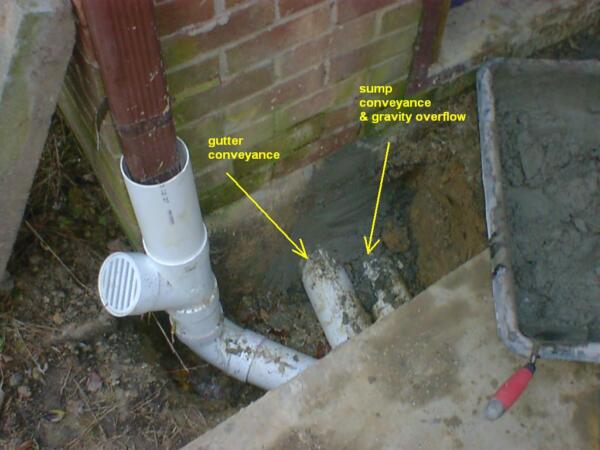
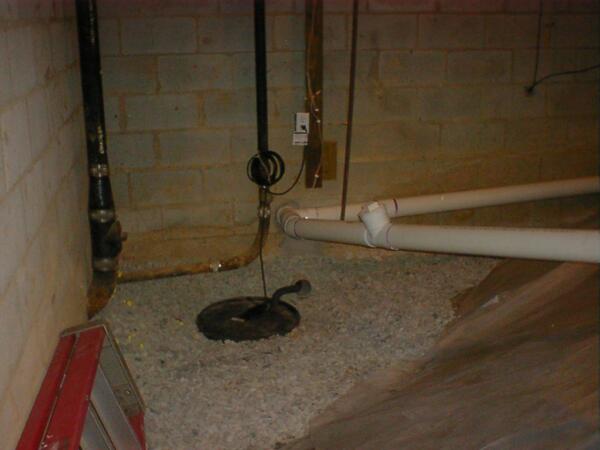
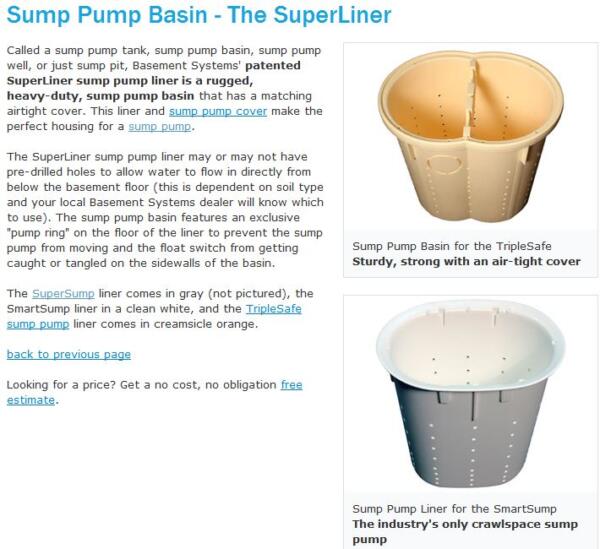
NOOOOOOOO!
